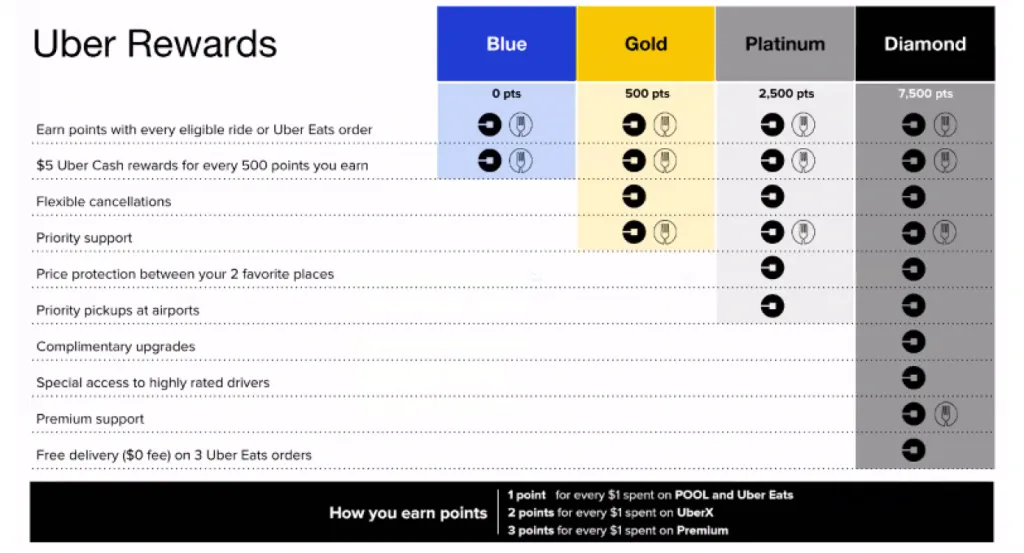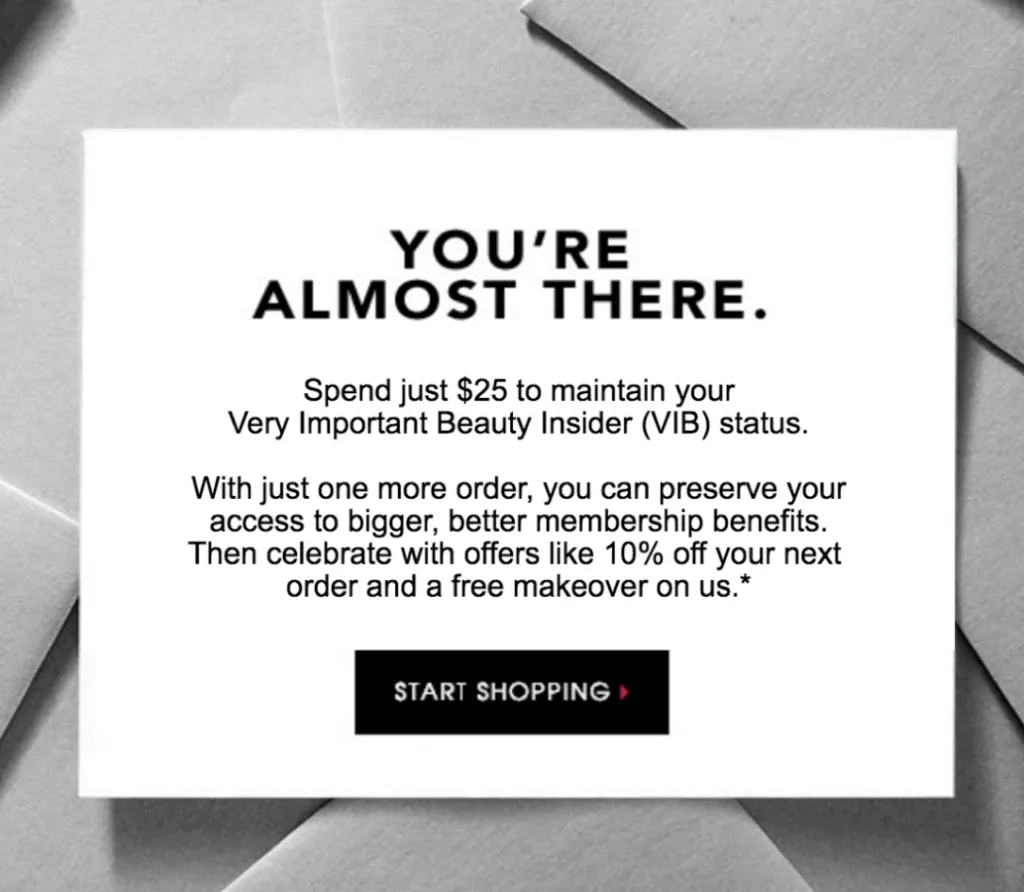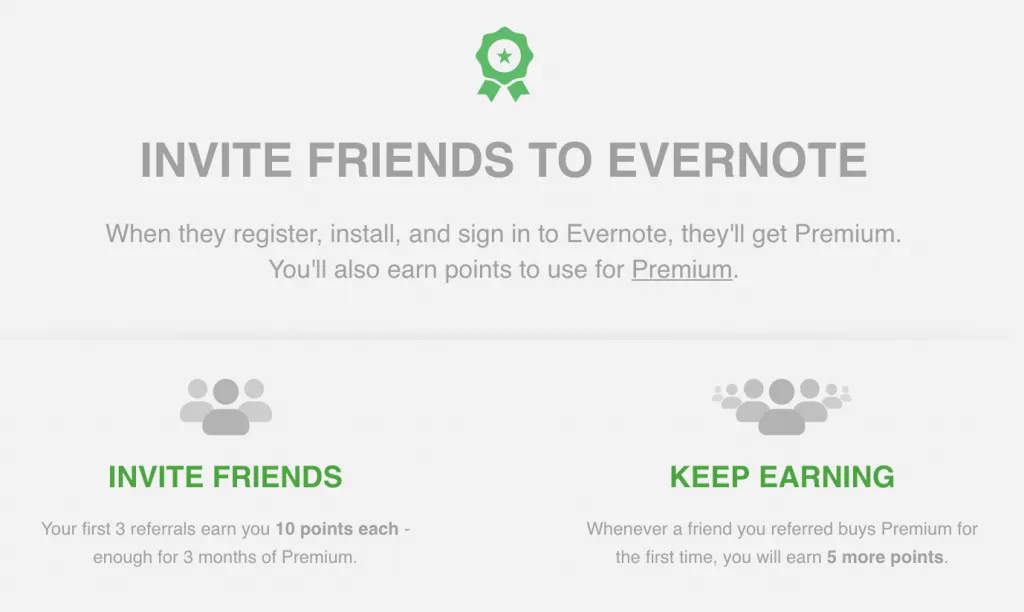Loyalty Programs to Maximize Customer Lifetime Value
Customer lifetime value (LTV) is one of the most important metrics for a business to focus on improving.
Why? As the cost of advertising continues to rise, your customer acquisition costs will soon outweigh your revenue if you can’t encourage users to return.
Loyalty programs are known to help digital businesses achieve a number of different goals, from acquiring most customers, boosting customer lifetime value, and retaining more customers.
If your current goal is to encourage customers to spend more, and buy more often, just keep reading.
We’ll share the importance of lifetime value, how to calculate it, and what loyalty programs you can launch to maximize the lifetime value of every customer.
What is Customer Lifetime Value?
A customer’s lifetime value (LTV) is the average amount of money they will spend with your brand over time.
The longer a customer continues to purchase from you, the higher their LTV will be. Naturally, your most valuable customers are the ones who make frequent, high-value purchases.
Understanding lifetime value means considering the future potential of each customer beyond the first sale.
How do you calculate lifetime value?
The basic LTV calculation for a SaaS business looks like this:

For a simple example, let’s say that you sell marketing automation software that costs $100/month. The average customer keeps their subscription active for 24 months, and your gross margin is 60% of each month’s revenue.
Lifetime value = 24 * 100 * .60 = $1,440
For a more complete calculation, you may choose to subtract customer acquisition costs, but we’ll keep it simple for now.
Why is lifetime value important?
Lifetime value is important because it helps you understand how much revenue you can expect one customer to generate, and how profitable your customer acquisition is. It’s a significant factor in determining whether or not you can be profitable after taking into account your sales and marketing expenses.
To illustrate how lifetime value needs to be considered differently than overall revenue, let’s imagine you run an e-commerce store that sells shirts:
- The average loyal customer buys an average of 2 shirts every year for 3 years (ie. 6 shirts over their lifetime)
- Your gross margin on each shirt is $30
The lifetime value of this customer is therefore: 2 * 3 * 30 = $180
We can easily see the importance of an increased lifetime value when we compare whether these 6 shirts had been sold to 6 individual customers (who each churned after one sale) instead of just one customer (who continued to purchase).
To do this, let’s assume that you spend $20 in digital advertising to acquire each new customer.
| Values | 6 shirts to 1 customer | 6 shirts to 6 customers |
| Acquisition costs | $20 * 1 = $20 | $20 * 6 = $120 |
| Revenue | 6 * $30 = $180 | 6 * $30 = $180 |
| Profit | $180 - $20 = $160 | $180 - $120 = $60 |
As you can see, when you need to spend money to acquire each new customer individually ($20 for each of the 6 customers), but don’t make an effort to increase their lifetime value, it becomes much harder to recover your acquisition costs and see a boost in profit.
When you focus on increasing the lifetime value of every customer, you can ensure that you earn a profit despite spending money to acquire them.
The bottom line here is that customer acquisition is expensive.
A profitable business model is possible only when a customer’s lifetime value is greater than the money spent to acquire them (ie. customer acquisition costs).
Now that you know why increasing lifetime value is important, let’s work on improving it.
How do you increase customer lifetime value?
The way to increase customer lifetime value is inherently simple: Give customers a reason to spend more.
This is where loyalty programs come in to help.
Customer loyalty and lifetime value go hand in hand. Your most valuable, loyal customers are the ones who spend the most money, over the longest span of time.
By implementing an incentive-based loyalty program, you provide customers with a reason to keep spending money with your brand instead of a competitor. When users know that they can earn rewards, special offers, or opportunities they can’t get anywhere else, they will be more inclined to choose your brand time and time again.
How do loyalty programs increase lifetime value?
Loyalty programs directly increase a customer’s lifetime value in two ways:
- Increase how much they spend
- Increase how often they buy
1 - Loyalty programs increase spending amounts
66% of customers will modify the amount they spend in order to maximize reward collection. - Bond Brand Loyalty
Lifetime value is increased when a customer spends more money on every transaction, and members of loyalty programs have been known to generate between 12 and 18% more revenue than customers who do not participate. As an example, customers who belong to the Amazon Prime loyalty program spend $500 more per year (USD) compared to non-prime customers.
By offering desirable rewards that are only obtainable when a purchase threshold is met, you ensure that the value of every transaction is maximized for both you and the customer.
This is similar to how many online retailers offer free shipping once a minimum of $50 has been added to the cart. Usually, we’ll add the extra item to reach the $50 mark and receive the incentive.
Whether you offer points, gift cards, discounts, or free swag, by tuning in to what your customers perceive as valuable, you can successfully encourage up-selling and cross-selling. Maybe you offer a free consultation after every purchase of $75 or more, or a free gift when a user upgrades their monthly subscription.
Keep in mind that upselling and cross-selling don’t always need to happen when the customer is making a purchase, but can instead relate to other milestones like:
- When the customer accomplishes a specific task in your product
- When the customer has reached a usage milestone
2 - Loyalty programs encourage repeat purchases
81% of consumers agree that a loyalty program makes them more likely to continue doing business with a brand. - Bond Brand Loyalty
The action of repeat purchases is the most common description of “loyal behavior”.
While customers are keen on being rewarded for more than just transactions, repeat purchases are a key component to increasing lifetime value and realizing profit. Repeat purchases with loyalty programs are often achieved by leveraging loss aversion and switching costs.
Loss Aversion
Loyalty programs shorten the time between purchases by instilling a sense of urgency combined with our innate desire to avoid loss.
When you create loyalty programs that offer time-sensitive rewards, discounts, or limited opportunities to join an exclusive community, FOMO kicks in and triggers impulse buys and reduces customer decision time.
For example, by offering a flash sale ending in two hours, or being at risk of losing VIP member status, customers are more inclined to come back and make a purchase today rather than in six months.
Read more about the psychology of FOMO in this article.
Switching Costs
The type of rewards you offer in a loyalty program plays a strong role in encouraging repeat purchases by increasing a user’s switching costs.
Whether this means giving up unused points, losing access to an exclusive member community, or surrendering their VIP social status, giving customers something to lose if they were to switch brands will increase the chances that they stick with you over time.
Regardless of what program you run, by using rewards that are non-transferrable, you guarantee that a customer will return for another purchase if they want to redeem.
For example, if you reward frequent shoppers with an Amazon gift card, it’s entirely possible they will return to your website to earn a second one. But unlike a coupon for 30% off your store’s merchandise, they can redeem the gift card without returning to your website.
Loyalty Programs for Customer Lifetime Value
VIP Programs & Frequent Shopper Rewards
A VIP program is one of the most effective programs for maximizing customer lifetime value.
It incentivizes repeat purchases by letting customers gain access to exclusive perks with every purchase or usage goal that they meet.
Here’s what Uber’s VIP program looks like. Riders earn points every time they spend money with the app, and more points leads to a better set of rewards and a more prestigious status:

VIP reward tiers are particularly motivating as they assign an elevated social status to users who meet each goal. This is something that, based on psychology, customers will be driven to maintain, especially when it’s at risk of being taken away.
Even if they don’t reach the highest tier, the challenge to attain it will increase their usage and spending. In fact, 57% of consumers are more inclined to participate in a loyalty program if it offers VIP status and exclusive rewards.

Establishing different milestones for each tier means that you can control customer behavior to your advantage. For example, you can specify whether a customer reaches the next tier when they refer a given number of friends, make a specific number of purchases in a month, or spend a certain amount on designated items.
To learn more about setting up a VIP Program, check out this article.
Flash Sales & Special Event Incentives
Flash sales are a great way to encourage repeat purchases by creating a sense of urgency and exclusivity.
By combining limited time with high value, flash sales can generate a 35% lift in transaction rates.
For example, offer a $10 credit to anyone who makes a minimum purchase of $50 or more within the next 48 hours, or offer a 20% price reduction to those who upgrade to a premium monthly membership in the next week.

Not only do these sales provide immediate revenue, but research indicates that satisfied flash sale customers return to spend another 385% of the first purchase.
Try segmenting your customers and promote a time-sensitive offer to loyal customers as an “appreciation” gift, or target customers who haven’t bought in a while to get them looking at your offerings again, exposing them to your non-sale products and services.
Learn more about running a flash sale here.
Customer Referral Programs
Referral programs may not be the most obvious program choice if your goal is to increase customer lifetime value, but they have indirect benefits. These programs are best known as a great way to acquire new customers by leveraging the advocacy of your current users.
However, referrals have the potential to bring in some of your best customers: Referred customers spend 13.2% more and have 16% higher lifetime values than non-referred customers. (source)
Think about who your most loyal customers are right now. They spend the most with your brand because they understand the value, which means they likely have other friends who share the same interests, and who will have a similar lifetime value as the customer that referred them.
Referral programs can take on many forms, with the most common being a customer referral program where your existing users send a referral code to their friends and family.
For example, offer a $5 store credit to the referring user and their friend once the friend makes their first purchase.

Once again, offering rewards specific to your brand will encourage both parties to return for another purchase.
To learn more about customer referral programs, check out this page.
Final Thoughts
An increased lifetime value all comes down to a willingness to shop with your brand.
Directly encouraging higher-value purchases and frequent transactions are the most obvious ways to achieve this, but we can’t disregard the potential for loyalty programs to create an emotional connection between a brand and its customers.
Welcoming users into a loyalty program creates a sense of belonging. When you continue to make customers feel special (through relevant rewards, exclusive access, etc.) you become more than just a place where they spend money, which naturally leads to increased advocacy and engagement.
To learn more about designing a profitable loyalty strategy for any digital business, sign up for the Digital Loyalty Academy for free today!
